Sedum Takesimense Atlantis
Sedum takesimense Atlantis is a stunning succulent that has become increasingly popular in recent years. With its green and yellow variegated leaves, it adds a bright pop of color to any garden or indoor space. But this plant isn't just aesthetically pleasing - it offers various benefits that make it a must-have for any plant enthusiast.
Pain Points
Are you looking for a low-maintenance plant that can thrive in a variety of conditions? Do you struggle with keeping plants alive, especially during hot summers or cold winters? Sedum takesimense Atlantis might just be the solution you've been searching for. This plant is incredibly hardy and can adapt to a range of temperatures and moisture levels, making it a great choice for those who struggle to keep their plants alive.
Target of Sedum Takesimense Atlantis
The target of Sedum takesimense Atlantis is anyone looking for a low-maintenance, hardy plant that adds a pop of color to their space. Whether you're an experienced plant enthusiast or a beginner, this succulent is easy to care for and adds a touch of natural beauty to any environment.
Summary of Main Points
In summary, Sedum takesimense Atlantis is a hardy and low-maintenance succulent that is perfect for anyone looking to add a pop of color to their space. This plant can adapt to a range of temperatures and moisture levels, making it a great choice for those who struggle to keep their plants alive. Its green and yellow variegated leaves are not only aesthetically pleasing but offer various benefits that make it a must-have for any plant enthusiast.
Sedum Takesimense Atlantis Personal Experience
When I first discovered Sedum takesimense Atlantis, I was looking for a plant that could survive my neglectful tendencies. Despite my lack of attention, this succulent thrived in a range of conditions and added a touch of natural beauty to my space. Its unique variegated leaves were a conversation starter and brought a sense of life to my otherwise dull apartment. I would highly recommend this plant to anyone looking for a low-maintenance option that adds a pop of color to their surroundings.
Benefits of Sedum Takesimense Atlantis
One of the biggest benefits of Sedum takesimense Atlantis is its hardiness. This plant can survive in temperatures from -30°F to 115°F, making it a great choice for any climate. It also requires very little water and can tolerate drought, which is perfect for those of us who forget to water our plants. Additionally, this succulent has air-purifying qualities, which means it can remove harmful toxins from the air and create a healthier atmosphere.
Sedum Takesimense Atlantis and Soil Requirements
Sedum takesimense Atlantis can thrive in well-draining soil that is slightly alkaline. However, it can also adapt to a range of soil types, including sandy or rocky earth. It's important to avoid overwatering this plant, as it prefers dry soil and can quickly succumb to root rot if exposed to too much moisture.
Sedum Takesimense Atlantis and Sun Requirements
One of the great things about Sedum takesimense Atlantis is that it can thrive in both full sun and partial shade. However, it's important to avoid exposing this plant to too much direct sunlight, as it can cause the leaves to burn and damage the plant. Ideally, this succulent should be placed in a location that receives bright but indirect light.
Sedum Takesimense Atlantis Personal Experience
I've found that Sedum takesimense Atlantis is a great option for outdoor gardens as well as indoor spaces. This succulent can thrive in various conditions, and its vibrant leaves create a beautiful addition to any garden. I've also found that this plant is a great choice for adding color to rocky or sandy areas, as it can adapt to these types of soil with ease. Overall, I would highly recommend Sedum takesimense Atlantis to anyone looking for a low-maintenance and hardy plant that offers a touch of natural beauty to their environment.
Question and Answer
Q: How often should I water Sedum takesimense Atlantis?
A: Sedum takesimense Atlantis prefers dry soil, so it's important not to overwater this plant. Allow the soil to dry out completely before watering again, which is typically once every 10-14 days.
Q: Can Sedum takesimense Atlantis survive in cold temperatures?
A: Yes! This succulent is incredibly hardy and can survive in temperatures as low as -30°F.
Q: How can I propagate Sedum takesimense Atlantis?
A: You can easily propagate Sedum takesimense Atlantis by taking stem cuttings in the summer months. Simply remove a stem from the plant and place it in well-draining soil. Keep the soil moist and the cutting should take root within a few weeks.
Q: How often should I fertilize Sedum takesimense Atlantis?
A: Sedum takesimense Atlantis doesn't require much fertilizer, but you can feed it once every 2-3 months during the growing season with a succulent-specific fertilizer.
Conclusion of Sedum Takesimense Atlantis
Sedum takesimense Atlantis is a hardy and low-maintenance succulent that offers various benefits to plant enthusiasts. Its green and yellow variegated leaves are not only aesthetically pleasing but it can adapt to a range of temperatures and moisture levels, making it a great choice for those who struggle to keep their plants alive. This succulent is a great addition to any garden or indoor space and is perfect for those looking to add a pop of natural beauty to their surroundings.
Gallery
Sedum Takesimense Atlantis™ - Korean Stonecrop USPP# 27,454 (3.5" Pot
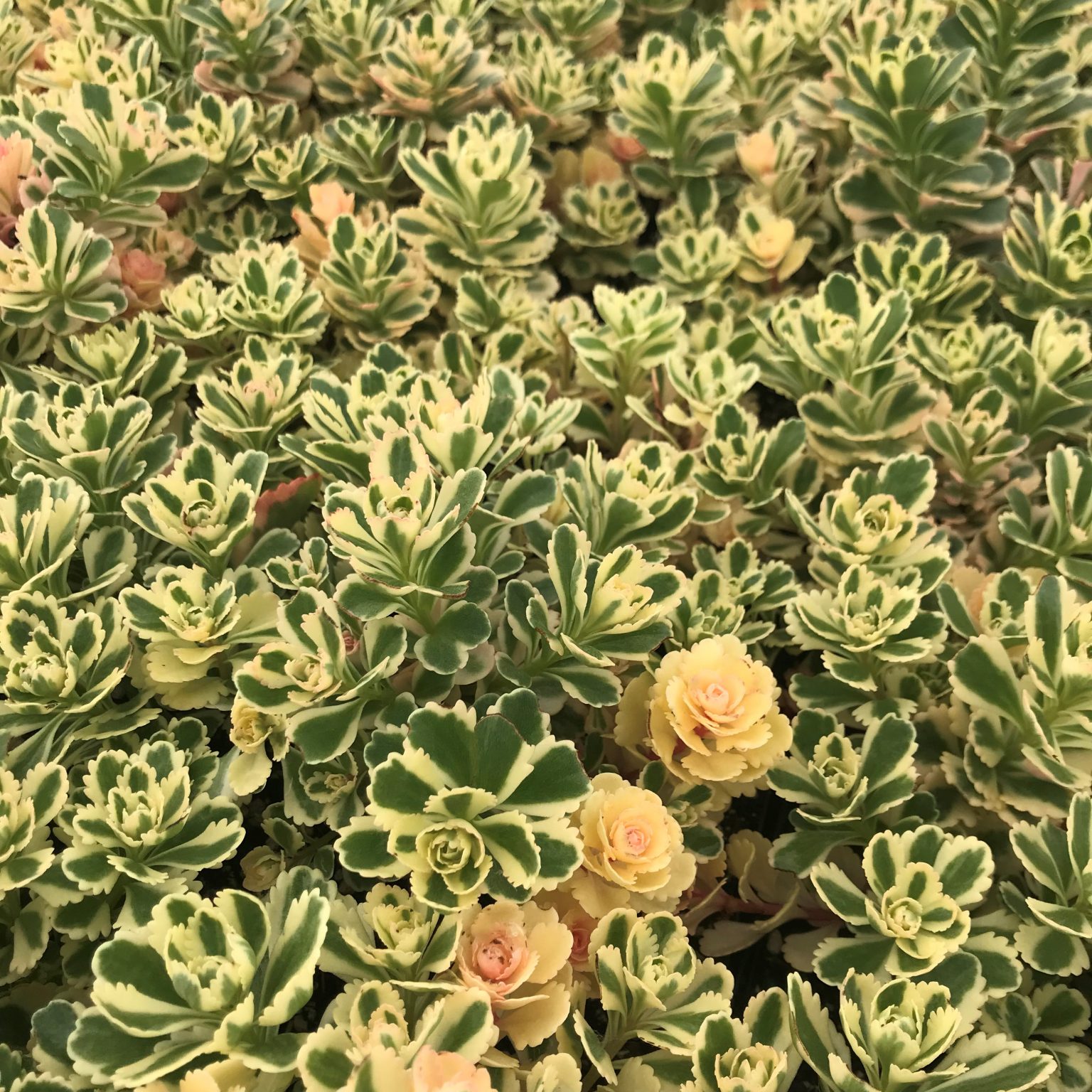
Photo Credit by: bing.com / sedum atlantis takesimense stonecrop uspp littleprinceplants misers
Sedum Takesimense Atlantis™ | White Flower Farm
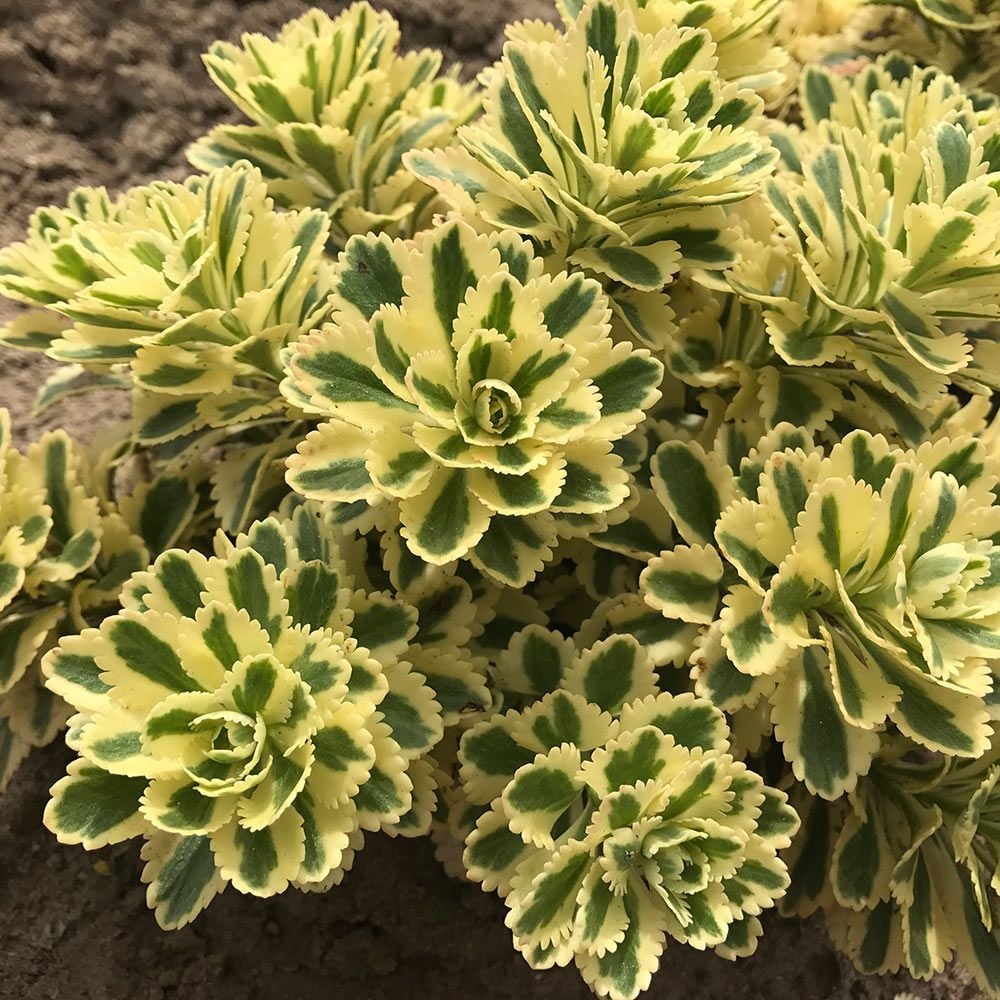
Photo Credit by: bing.com / sedum atlantis plants stonecrop plant succulents whiteflowerfarm zone var garden cactus flower succulent ground rosettes planters landscaping sold
Sedum Takesimense 'Nonsitnal' ATLANTIS - Havlis.cz
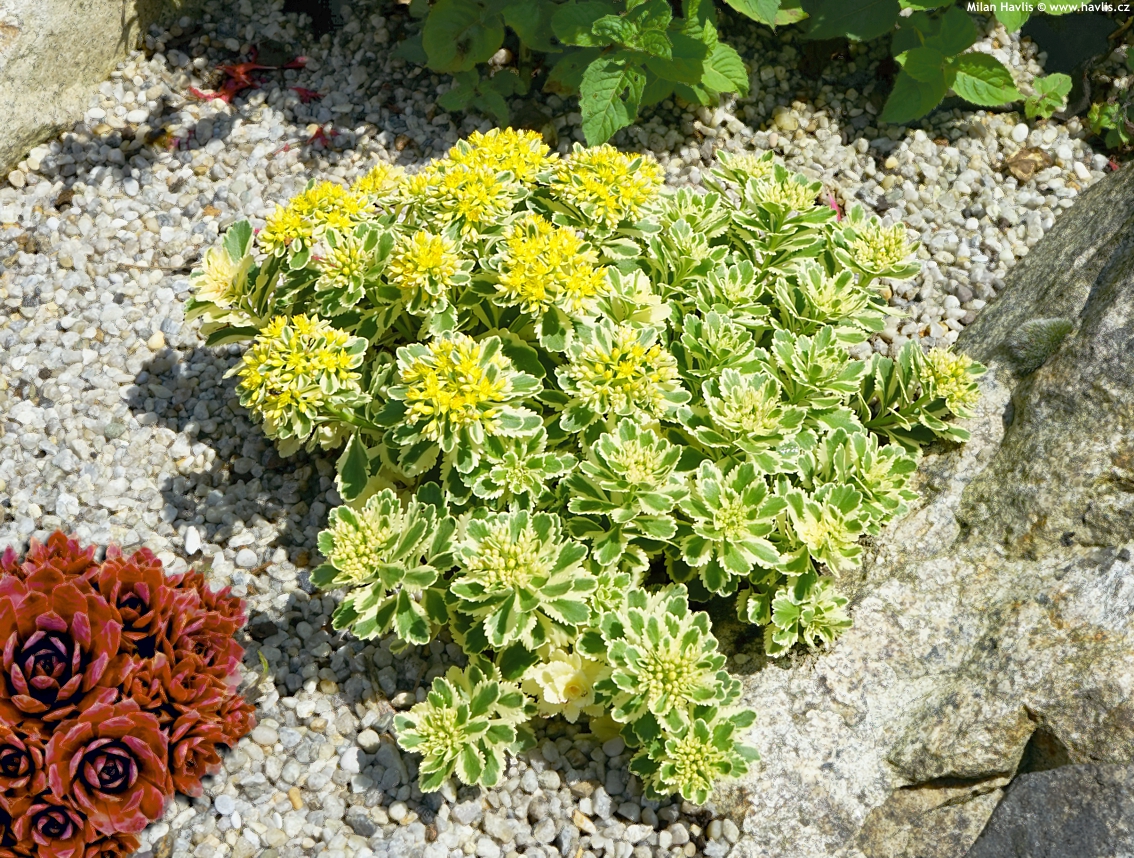
Photo Credit by: bing.com / sedum atlantis cz havlis
Sedum Takesimense Atlantis® ('Nonsitnal' PP27454) | Stonehouse Nursery
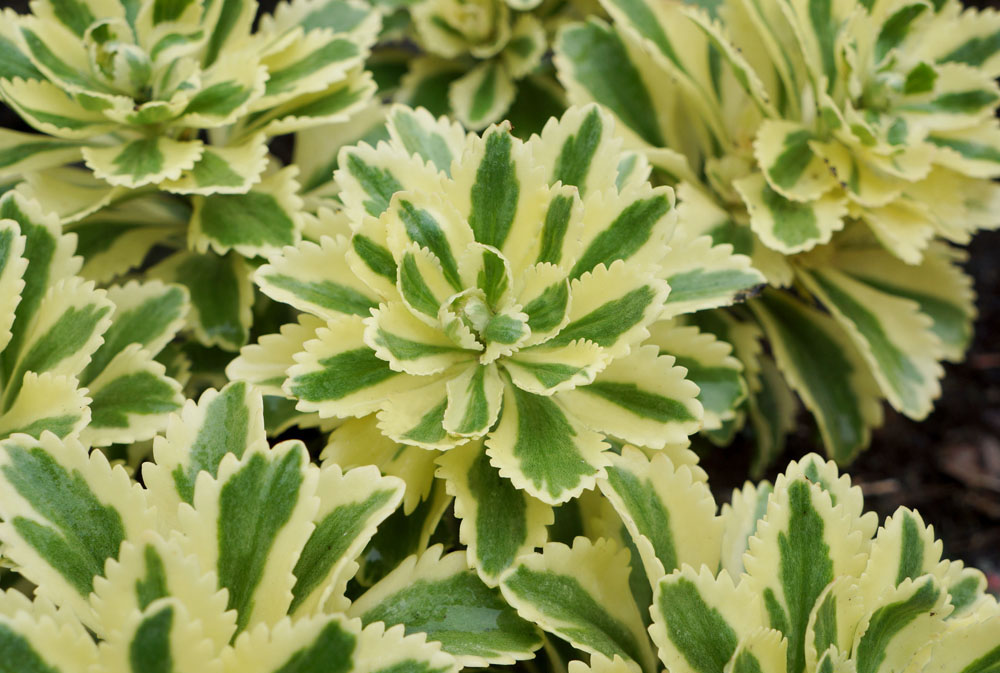
Photo Credit by: bing.com /
Sedum Takesimense Atlantis™ - Korean Stonecrop USPP# 27,454 (3.5" Pot
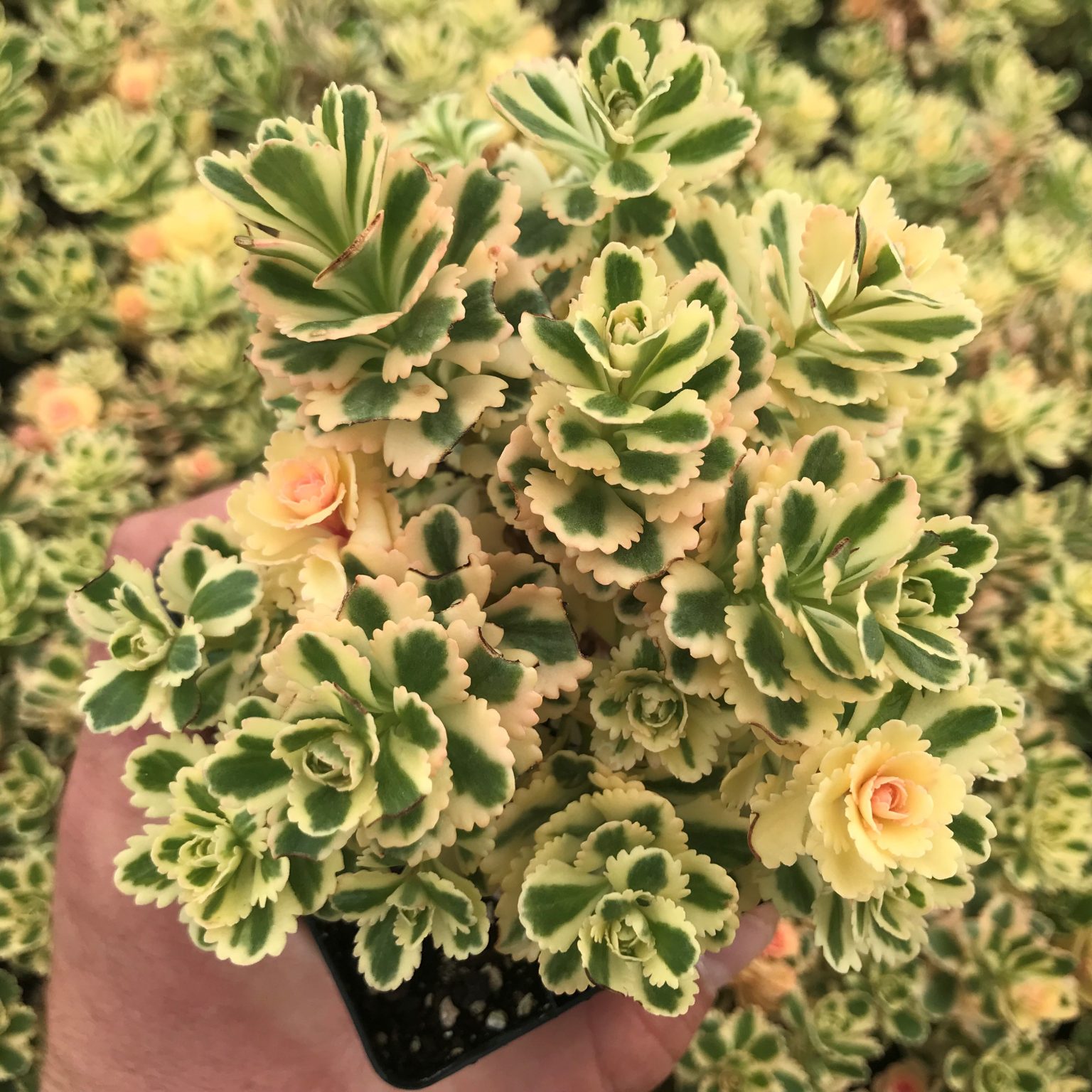
Photo Credit by: bing.com / sedum takesimense stonecrop uspp littleprinceplants may3 misers